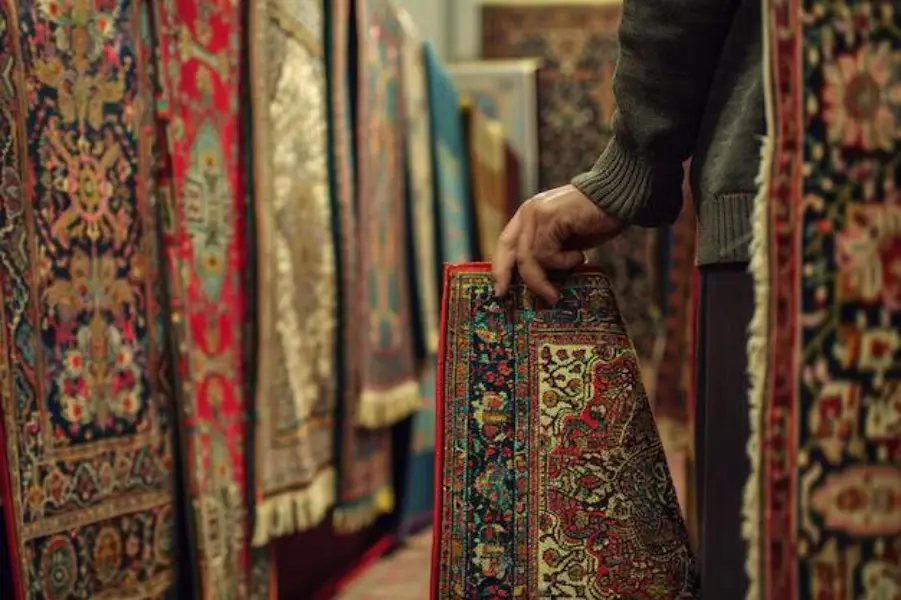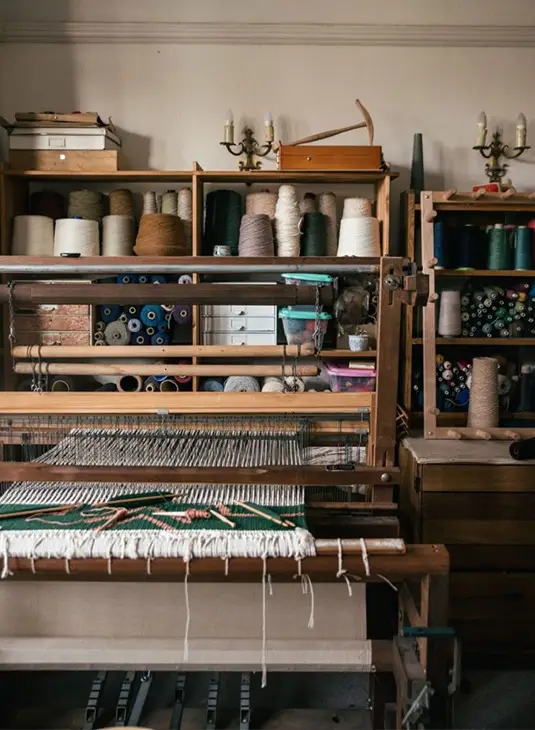History of Persian Rugs
Home » Persian Culture & Heritage » Persian History » History of Persian Rugs

- History of Persian Rugs
The Rich History of Persian Rugs
Persian rugs, with their intricate designs and rich textures, are more than just decorative pieces—they are a tapestry of Persian history and culture. The history of Persian rugs is as layered and complex as their designs, reflecting centuries of artistry, craftsmanship, and cultural evolution.
Origins and Early Development
The Birth of Persian Rugs
The tradition of weaving Persian rugs dates back to ancient civilizations of Persia, now modern-day Iran. The earliest known Persian rugs are believed to have been crafted during the Achaemenid Empire (550-330 BC). These early rugs were often used as luxury items by the nobility and had designs inspired by the natural world and mythological motifs.
Influence of Various Dynasties
Throughout history, Persian rugs have evolved under various dynasties. During the Safavid period (1501-1736), Persian rug weaving reached its zenith. The Safavids established workshops and promoted high-quality craftsmanship, resulting in some of the most iconic Persian rugs known today. Patterns became more elaborate, incorporating intricate floral designs and rich colors. This period also saw the rise of signature rug types such as the Tabriz and Isfahan, highly coveted for their intricate detailing.


The Art of Weaving
Techniques and Materials
Persian rugs are renowned for their craftsmanship, involving meticulous techniques and high-quality materials. Traditional Persian rugs are hand-knotted, using methods passed down through generations. The materials commonly used include wool, silk, and cotton. Wool provides durability, while silk adds a luxurious sheen, and cotton is used for the rug’s foundation. Each rug’s quality is also determined by knot density and the intricacy of the designs, which can range from simple to highly complex patterns.
Symbolism in Design
Each Persian rug is a canvas of cultural symbolism. Traditional designs often feature geometric patterns, floral motifs, and medallions, each with its own significance. For example, the “Shirazi” design, originating from the Shiraz region, includes motifs that symbolize protection and prosperity. These designs are not just decorative; they tell stories and represent various aspects of Persian culture and beliefs. Some rugs also incorporate historical events or elements of Persian mythology, making them a visual narrative of Persia’s past.
The Global Influence
Persian Rugs in the Modern Era
In the modern era, Persian rugs have gained global recognition and appreciation. They have transcended cultural boundaries, becoming a sought-after item in international markets. Their influence can be seen in contemporary interior design, where Persian rugs are used to add a touch of elegance and tradition. The popularity of Persian rugs has also led to innovations in design and materials, ensuring they continue to appeal to modern tastes while retaining their traditional charm.
Preservation and Revival
Efforts to preserve and revive traditional Persian rug-making techniques continue today. Organizations and artisans work to maintain high standards of craftsmanship while introducing innovative designs that cater to contemporary tastes. This ensures that the legacy of Persian rugs endures while adapting to the modern world. Additionally, education programs and workshops are being held to train new generations of weavers, keeping the art form alive and thriving.
Conclusion
The history of Persian rugs is a reflection of Persian culture and heritage, showcasing the evolution of art and craftsmanship over millennia. From their ancient origins to their modern-day prominence, Persian rugs remain a testament to the rich artistic traditions of Persia. Their intricate designs and historical significance make them not just a decorative item but a piece of cultural history.
By understanding the history of Persian rugs, we gain insight into the broader tapestry of Persian culture and architecture, appreciating these beautiful artifacts as carriers of a rich and storied past.
Frequently Asked Questions (FAQs) About History of Persian Rugs
1. What is the origin of Persian rugs?
Persian rugs originate from Persia, now Iran, with their history dating back over 2,500 years to ancient civilizations.
2. When did Persian rug weaving begin?
The art of weaving Persian rugs began during the Achaemenid Empire, around 550-330 BC, with early designs reflecting the era’s artistry.
3. What are some key periods in Persian rug history?
Notable periods include the Achaemenid, Safavid (1501-1736), and Qajar (1789-1925) dynasties, each contributing to the development of Persian rug styles and techniques.
4. How did the Safavid dynasty influence Persian rugs?
During the Safavid period, Persian rug weaving reached its peak, with intricate designs and high-quality craftsmanship becoming prominent. Iconic rug types like Tabriz and Isfahan emerged.
5. What materials are traditionally used in Persian rugs?
Traditional Persian rugs are made from wool, silk, and cotton. Wool provides durability, silk adds luxury, and cotton is used for the foundation.
6. What are the main weaving techniques used in Persian rugs?
Persian rugs are typically hand-knotted, a technique involving tying knots around vertical threads to create intricate patterns and designs.
7. What do the designs on Persian rugs represent?
Persian rug designs often feature geometric patterns, floral motifs, and medallions, each symbolizing different aspects of Persian culture, mythology, and beliefs.
8. How did Persian rugs gain global popularity?
Persian rugs became internationally recognized due to their high craftsmanship and beauty, leading to their adoption in various cultures and contemporary interior design.
9. What efforts are made to preserve traditional rug-making techniques?
Organizations and artisans work to maintain traditional methods while introducing modern designs. Education programs also help train new generations of weavers.
10. How can I identify an authentic Persian rug?
Authentic Persian rugs can be identified by their hand-knotted craftsmanship, unique patterns, and high-quality materials. Provenance and expert evaluation can also confirm authenticity.